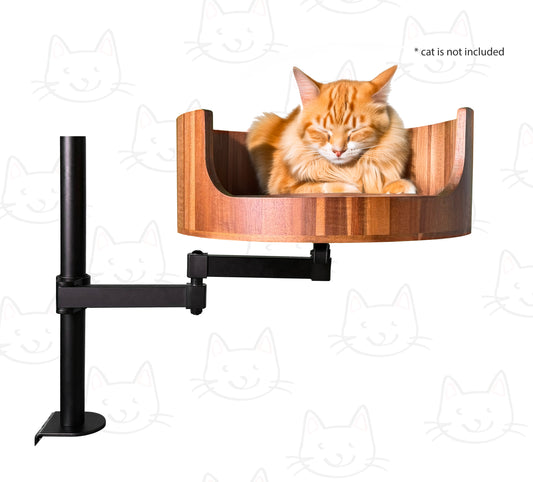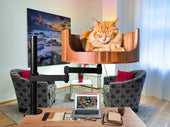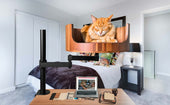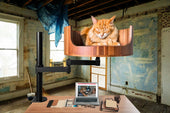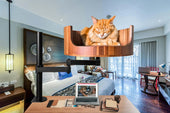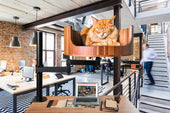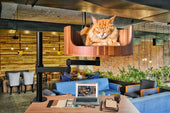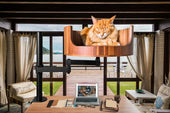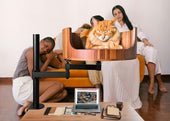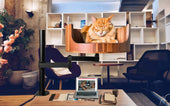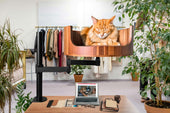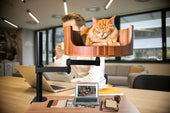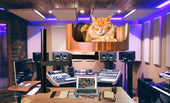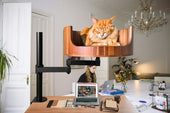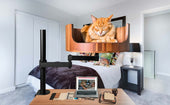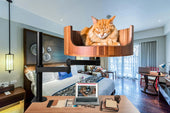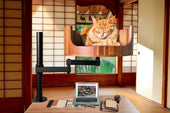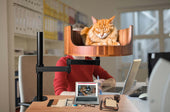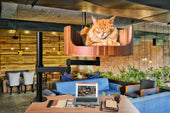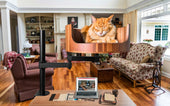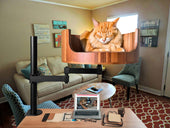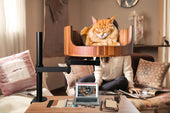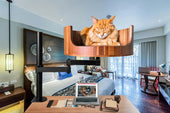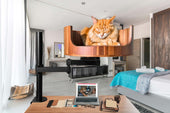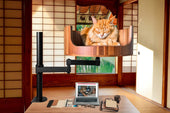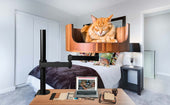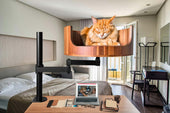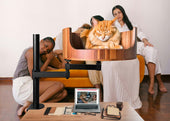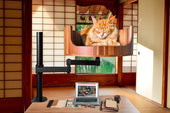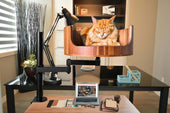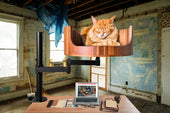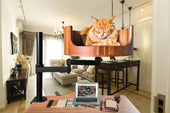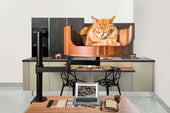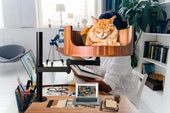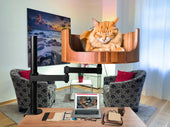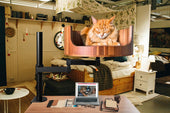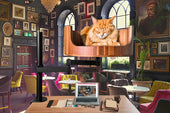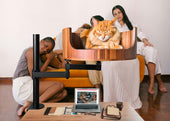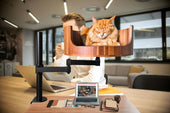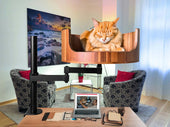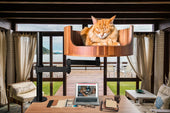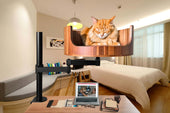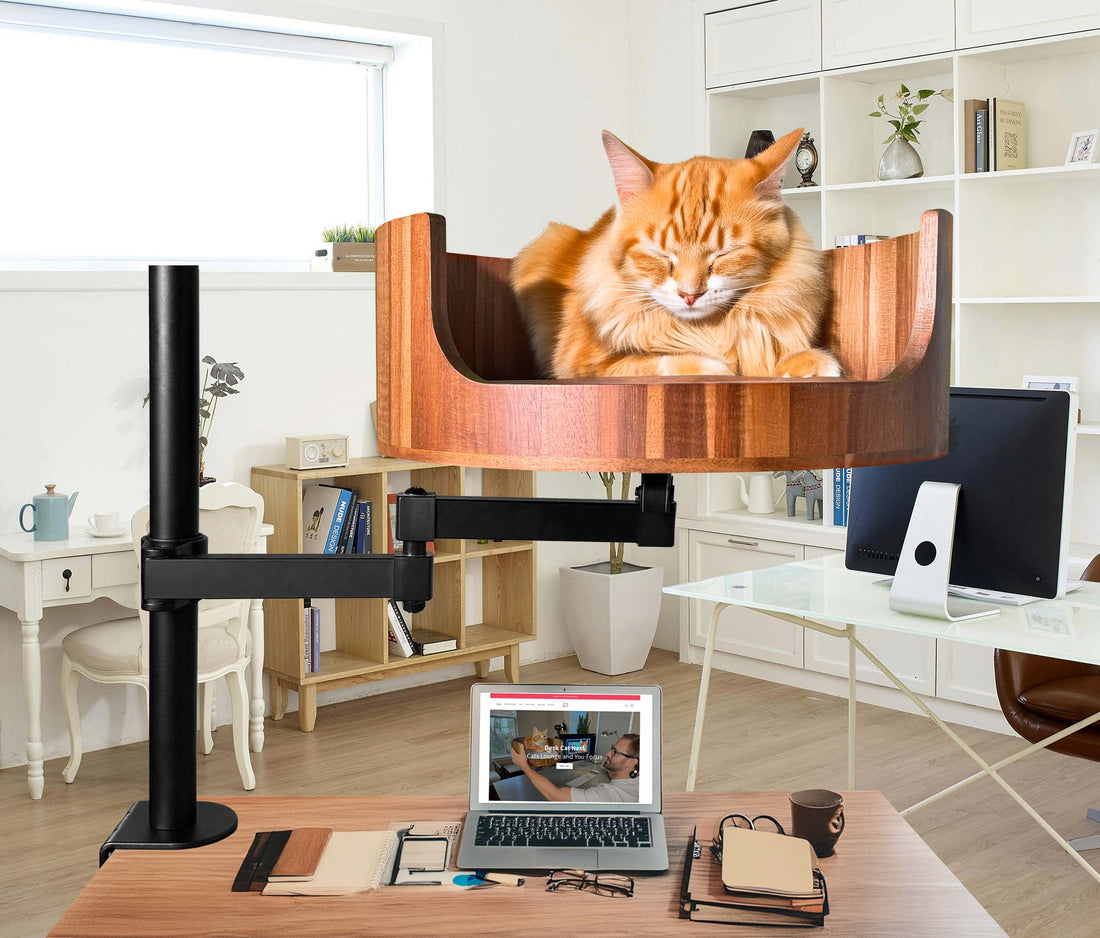
Cat Regurgitation Dry Food: Causes and Solutions Explained
Share
Cat regurgitation can be a common issue among feline owners, especially for those who feed their cats dry food. If you have noticed your cat frequently vomiting up undigested food shortly after eating, you may be wondering what could be causing this problem. In this article, we will explore the various causes of cat regurgitation when eating dry food and provide some potential solutions to help alleviate this issue for your beloved pet.
From hairballs to eating too quickly, there are several reasons why a cat may regurgitate dry food. Understanding the root causes of this behavior can help you make informed decisions about your cat’s feeding habits and overall health. We will delve into the importance of proper hydration, meal portion sizing, and food quality in reducing instances of cat regurgitation. Additionally, we will discuss potential medical reasons behind this issue and when it may be necessary to consult with a veterinarian for further evaluation and treatment. Stay tuned for expert tips and advice on how to address cat regurgitation when eating dry food.
1. Cat regurgitation of dry food can be caused by eating too quickly or improperly digesting the food.
2. One solution to reduce regurgitation is to provide smaller, more frequent meals throughout the day.
3. Elevating your cat's food bowl can also help prevent regurgitation by promoting slower eating habits.
4. Adding water to your cat's dry food can aid in digestion and reduce the likelihood of regurgitation.
5. Consulting with your veterinarian is essential to rule out any underlying medical conditions that may be contributing to your cat's regurgitation issues.
Causes of Cat Regurgitation on Dry Food
One common cause of cat regurgitation on dry food is eating too quickly. When a cat eats too fast, they may swallow air along with their food, leading to regurgitation shortly after eating. Other causes could include hairballs, gastrointestinal issues, or food allergies. It's important to monitor your cat's eating habits and consult with a veterinarian if regurgitation persists.
Solutions for Cat Regurgitation on Dry Food
To help prevent cat regurgitation on dry food, try feeding your cat smaller, more frequent meals throughout the day. This can help slow down their eating pace and reduce the likelihood of regurgitation. You can also try using a puzzle feeder or slow feeder bowl to make your cat work for their food, slowing down their eating process. Additionally, make sure your cat has access to plenty of fresh water and is getting enough exercise to help aid digestion.
Switching to a Wet Food Diet
If your cat continues to have issues with regurgitation on dry food, consider switching to a wet food diet. Wet food has a higher moisture content, which can help prevent dehydration and aid in digestion. It's also easier for some cats to chew and swallow, reducing the likelihood of regurgitation. Talk to your veterinarian about the best diet options for your cat's specific needs and health concerns.
Conclusion
Cat regurgitation on dry food can be a frustrating issue for cat owners to deal with. By understanding the causes of regurgitation and implementing solutions such as feeding smaller meals, using puzzle feeders, or switching to a wet food diet, you can help prevent this problem and ensure your cat's digestive health. Remember to consult with your veterinarian for personalized advice and guidance on managing your cat's regurgitation issues.
Frequently Asked Questions
Can a Desk Cat Nest help with my cat's regurgitation issues with dry food?
Yes, a Desk Cat Nest can help alleviate your cat's regurgitation issues with dry food. The raised design of the cat nest allows your cat to eat at a more comfortable angle, reducing the likelihood of regurgitation.
How should I introduce my cat to the Desk Cat Nest?
It is recommended to gradually introduce your cat to the Desk Cat Nest by placing some of their favorite dry food in the bowl. Allow your cat to explore and eat from the cat nest at their own pace.
Is the Desk Cat Nest easy to clean?
Yes, the Desk Cat Nest is made of easy-to-clean materials such as ceramic or stainless steel. Simply wash the bowl with warm soapy water or put it in the dishwasher for easy cleaning.
Can the Desk Cat Nest be used for wet food as well?
While the Desk Cat Nest is primarily designed for dry food, some models may also be suitable for wet food. Check the product description or contact the manufacturer for more information on using wet food with the cat nest.
Will my cat enjoy using the Desk Cat Nest?
Most cats enjoy using raised feeding bowls like the Desk Cat Nest as it allows them to eat in a more natural and comfortable position. However, each cat is different, so it may take some time for your cat to adjust to the new feeding arrangement.
In conclusion, choosing a Desk Cat Bed for your feline friend can greatly help with cat regurgitation caused by dry food consumption. The elevated design of the bed promotes proper digestion by reducing the chances of food being regurgitated. Additionally, the soft and cozy material provides a comfortable sleeping environment for your cat, encouraging relaxation and overall well-being. Investing in a Desk Cat Bed is a valuable choice that not only improves your cat's health but also enhances their quality of life.

